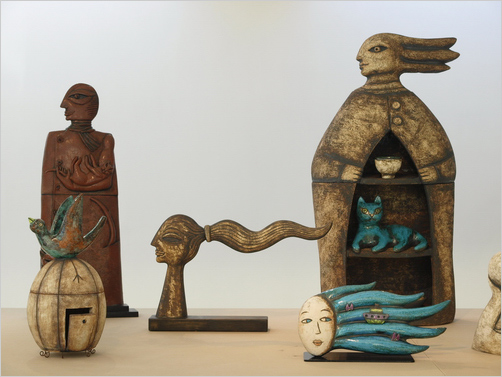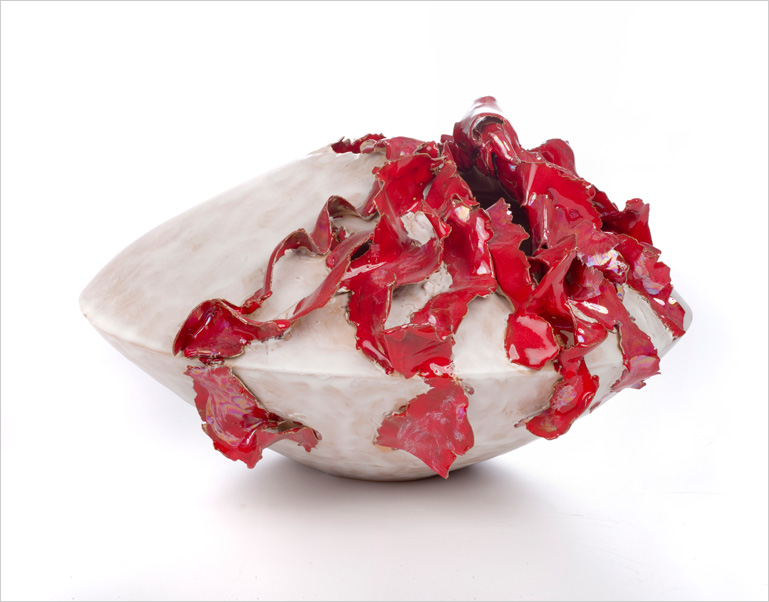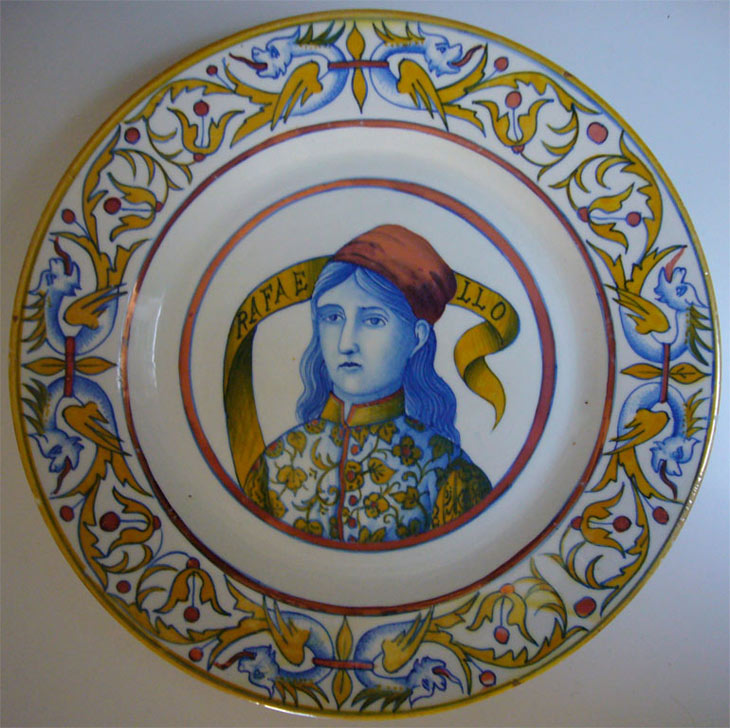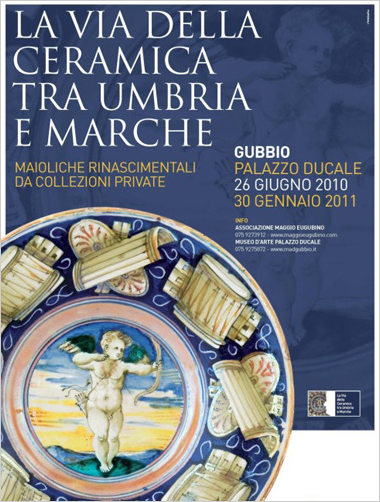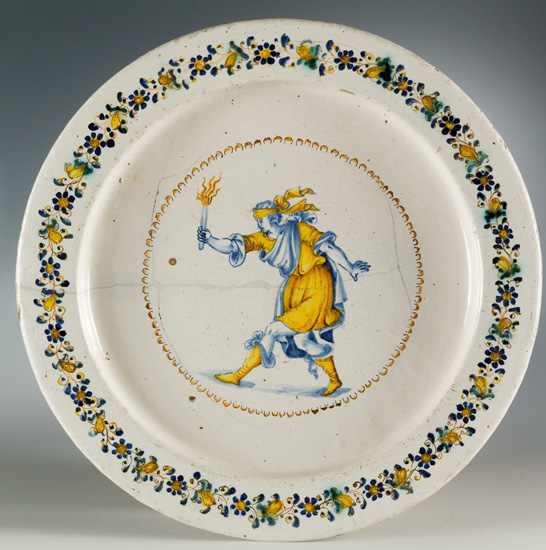Do you remember our article about Deruta municipality stepping in to fight fake handmade pottery? Well, it has taken them some time, but results are definitely coming in!
Last February, after a two year long investigation, Italian police charged the owners of three companies located in Assisi and Deruta with fraud and other administrative crimes. They manufactured fake Raffaellesco and Ricco Deruta pottery that was then partly sold to bus loads of unaware tourists visiting Assisi, partly exported to Europe, Japan and to the US at competitive prices.
The fact is, none of the pieces they sold was actually handmade. Instead, decals (transfers) were used to apply Raffaellesco or Ricco Deruta patterns on the pottery surface, in violation of the law that protects the industrial trademarks. And the process was not even carried out in Deruta…
The officials seized more than 2000 ceramic items made with decals but bearing the words “handpainted in Deruta”.
Deruta Mayor – A. Verbena – is rightly proud of this important result, that was made possible by the cooperation between the Municipality and the Police Authorities. And so are the dozens of honest artists who daily work hard to keep up the tradition of handmade pottery.
Our thanks to anyone involved in the operations. Let’s protect the quality of our “Made in Italy”. It’s our heritage and our most precious resource.

